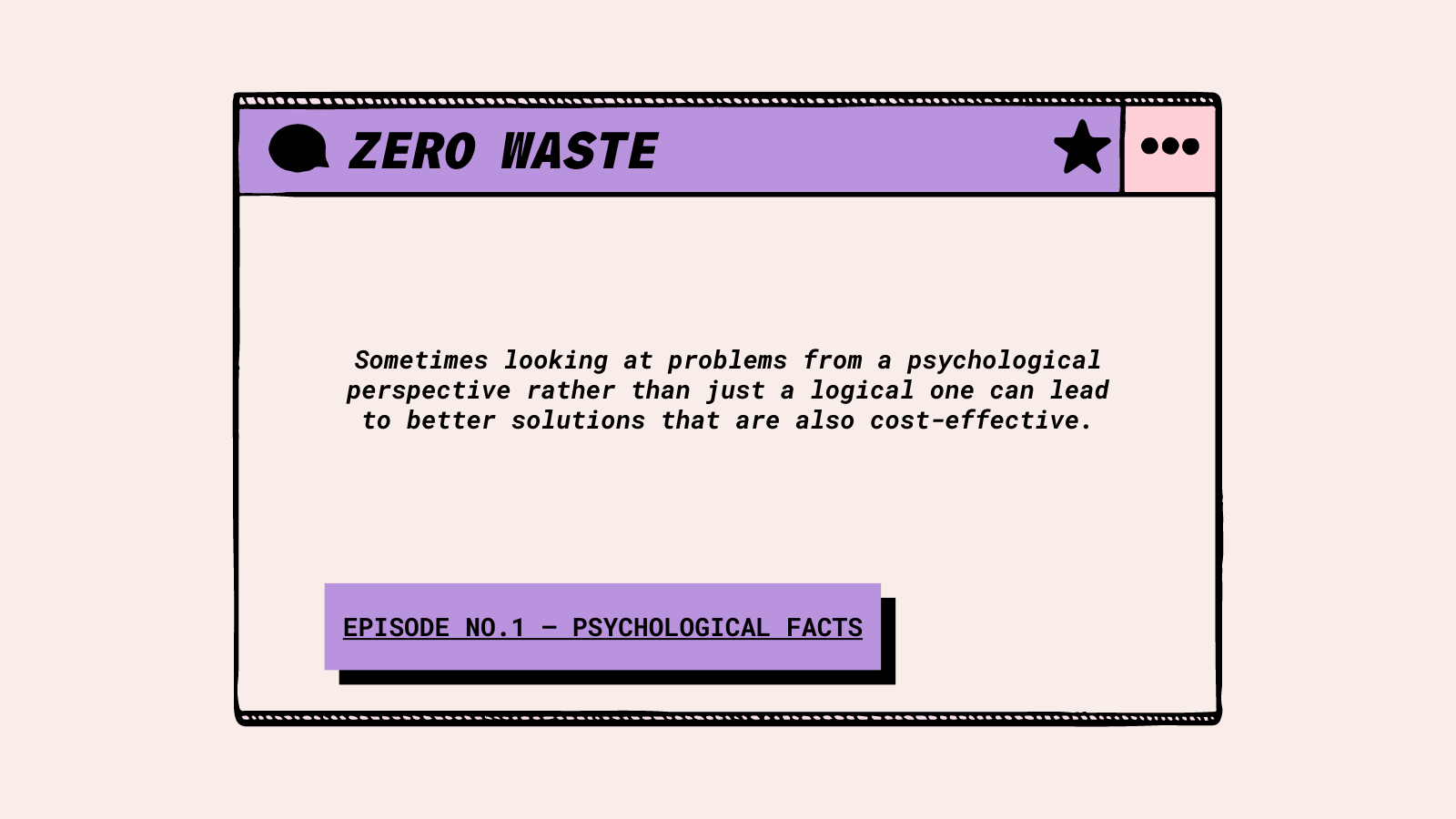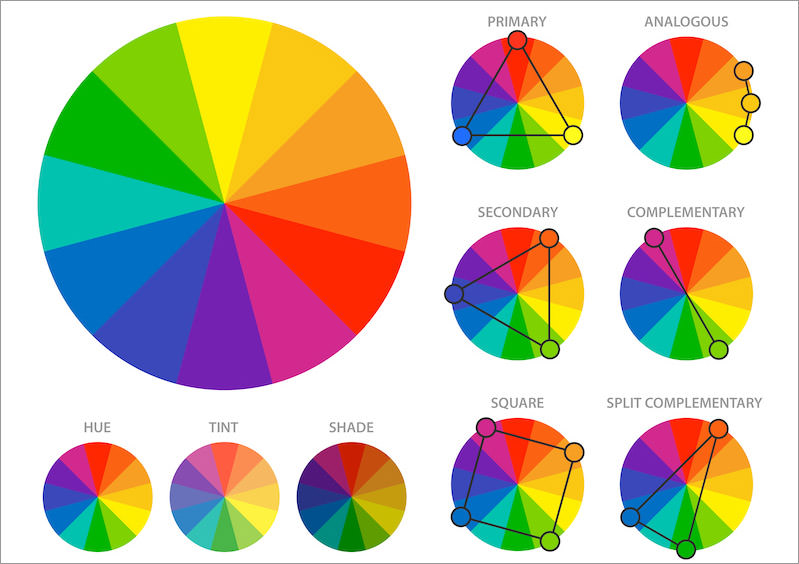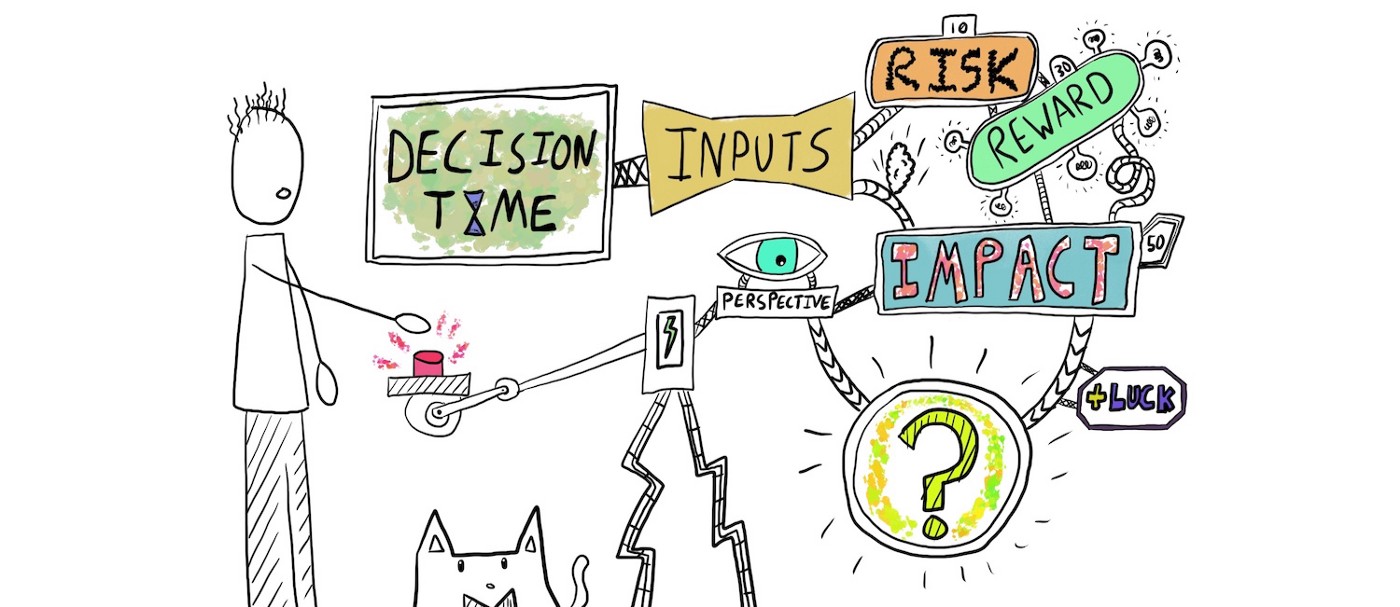Game theory is the science of strategy. It attempts to determine mathematically and logically the actions that “players” should take to secure the best outcomes for themselves in a wide array of “games.”
Game theory was initially developed by the Hungarian-born American mathematician John von Neumann and his Princeton University colleague Oskar Morgenstern, a German-born American economist, to solve problems in economics. In their book, The Theory of Games and Economic Behavior (1944), Von Neumann and Morgenstern asserted that the mathematics developed for the physical sciences, which describes the workings of a disinterested nature, was a poor model for economics. They observed that economics is much like a game, wherein players anticipate each other’s moves and therefore require a new kind of mathematics, called game theory.
The game theory has mainly three components:
- Players: The game theory’s main element includes a set of players. Business managers and companies are considered players.
- Strategies: Different strategies that players can use in the game. This also includes game rules set in a hierarchy to mention the arrangement of the best possible methods and actions.
- Outcomes or results: This includes the possible strategies and expected payoffs as per outcomes. It is assumed that all the participants are already aware of these payoffs.
Using game theory, business people can understand if the first-mover advantage is there or not, competitors’ possible moves related to new products, decide upon the strategies for defense, etc. Similarly, the concept of game theory determines whether to enter a new market or exit it.
Game theories are also being used widely in the pricing strategies of both consumers and retailers. Retailers compete against each other to gain the market share of customers. They opt for different games or techniques, like offering attractive discounts on specific goods to increase sales of complementary products.
Game theory is vital in various parties’ or participants’ collective bargaining or negotiation activities. For example, additional negotiations take place between worker unions and the management during the strike of workers or lockout period to increase wages. Using game theory, both parties can arrive at the optimum solution to the issue.
Recent advances in game theory have succeeded in describing and prescribing appropriate strategies in several situations of conflict and cooperation. But the approach is far from complete, and in many ways, the design of a successful system remains an art.













